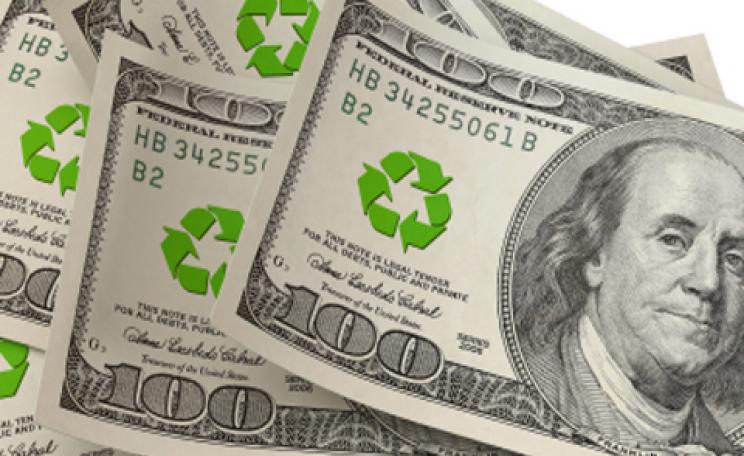Do you ever wonder what happens to all your recyclable and unrecyclable waste after it leaves your front yard on a weekly basis? Many people believe that once the trash is picked up from a local waste service company, the story ends. However, it is only the beginning. After completing a month of internship at the Seoul City Hall Resource and Recirculation Management Division in South Korea, I realise I have had quite an insight into what happens next and a real eye-opening experience.
The United States is known to be one of the most forward moving countries in the world – some would say both an economic and technological super power. But it lacks prowess in one area that people do not deem to be much of an importance: waste and recycling. The United States is home to 5% of the world’s population but consumes 30% of the world’s resources and, equally, creates 30% of the world’s waste, as cited by Frances Harris in Global Environmental Issues (2004).
We have become a consumer economy since the 1950s after World War II when our then government decided the only answer of reviving the US’s economy was for Americans to spend money.
So we are now a society where we work to… shop and buy. Family time and hobbies (unrelated to technology) are disappearing and are being taken over by watching TV, playing computer/ video games, being on social networks, texting, and shopping. And the technologies we do have – including those of unimaginable sophistication – have actually reduced the nation’s happiness which peaked sometime in the 1950’s, as told in Deep Economy (2007) by Bill McKibben, a renowned author, educator, and leading environmentalist.
So why is the United States producing so much waste and not efficiently managing it?
It is true that we have the excuse that we are a nation with the luxury of having sufficient natural resources and expansive land for landfills. However, we are not considering the fact that landfills have the possibility of leakage, causing irreversible pollution in the waterways of neighbouring cities. We are also refusing to face the fact that landfills are not infinite.
The world is at war for resources. In the past three decades, one third of the planet’s natural resources base has been consumed, cited in Natural Capitalism (1999). Our duty is to create a sustainable materials economy.
In South Korea, I worked in the governmental division of Resource Recirculation Management. I visited recycling facilities, resource recovery centers, incineration factories, resource centers to observe and record how Seoul is managing to recycle about two-thirds of its waste. In the United States’ the percentage of residential waste recycled, as recorded by Waste Management Inc. - America’s leading waste and recycling company - is just 28 percent. And the shocking fact is that 80 percent of what is ditched in landfills and incinerators is actually recyclable.
As residents, we are not recycling because we have a general apathy of where the 4.5 pounds of garbage we generate per person, as reported by the US Environmental Protection Agency, 2007, ends up. This is twice the amount of garbage we each generated thirty years ago.
There is a simple solution. And it starts with better educating ourselves about what is recyclable and what is not.
Many cities provide two trash bins; one for recyclable items and another for unrecyclable items. We could definitely change things around by separating the recyclable items. This would result in less waste going into landfills and to incineration factories that cause further pollution and can even lead to harmful effects to our health. It is not hard to obtain a list for recyclable items; for example, the list for the city of Cypress can be found on the city’s website under recycling information.
So I believe there is no reason why the 28 percent can’t become a 100 percent of recyclable waste recycled. Let’s all help make this planet a sustainable environment.




